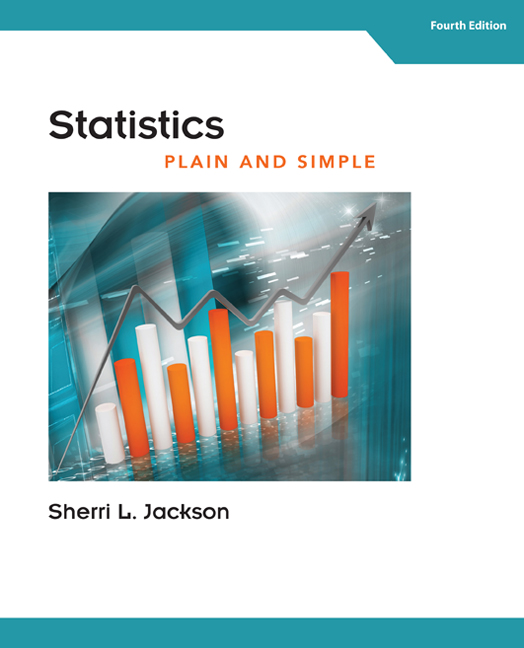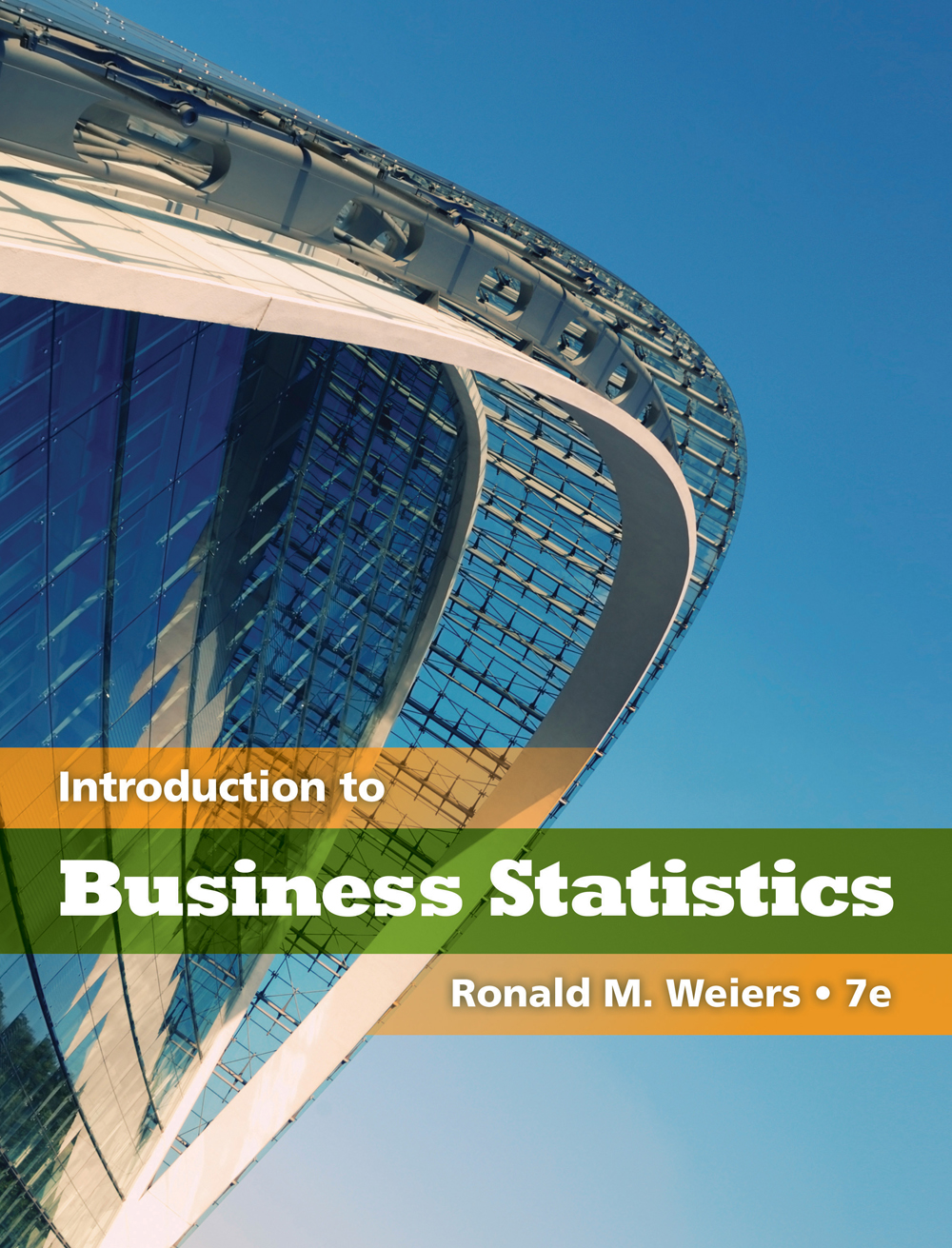CLCO1
LanguageENG
PublishYear2013
publishCompany
Wiley
EISBN
9781118593042
PISBN
9781118329504
- Product Details
- Contents
Methods and Applications of Linear Models: Regression and the Analysis of Variance, Third Edition provides readers with the necessary theoretical concepts are presented using intuitive ideas, rather than complicated proofs, to describe the inference that is appropriate for the methods being discussed. The new edition has been updated and restructured allowing readers to work with models and techniques alongside the theory that is the cornerstone of the topic. The book begins with Part I, featuring an introduction to the formulation of linear models, a discussion of the statistical distribution theory for linear and quadratic forms, a presentation of the basic linear model theory, and a review of the concepts and methods of simultaneous infernce. This sections discussion of regression on functions of one variable now emphasizes the distance between designed studies and observational studies as well as least squares and other possible fitting options. The Third Edition features a reorganization of the remainder of the book, with discussion of mathematical theory of linear models presented together with coverage of analysis of variance models, rather than dividing the topics into two separate sections as with the previous edition. This new Part II focuses on the development of a model that properly reflects the data and the experimental situation while also outlining analysis of variance models, with a new, more narrowed focus on fixed effects models. A newly-added chapter introduces distribution of linear and quadratic forms and estimation and inference for linear models as applied to fixed effect models. The discussion of fixed effects models now includes the cell means model, and the AVE method with balanced data now focuses on the graphical inspection of data and the associated computations. Throughout the book, numerous exercises and examples that utilize JMP(R) software have been added, allowing readers to visualize the discussed concepts. Detailed appendices outline supplemental statistical concepts, data sets, and tables.
Collected by
- UCLA
- Princeton University
- Yale University
- University of Oxford
- Columbia University Library
- Stanford University
- MIT
- UCB











